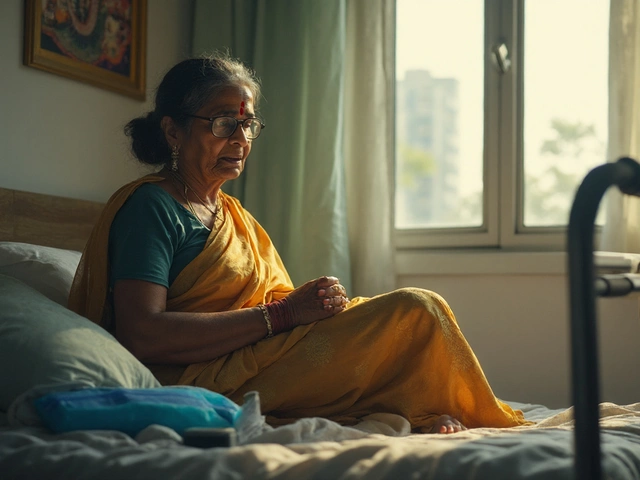Prescriptions: How to Save, Stay Safe, and Get the Right Medicine
If you’re scrolling through a long list of health articles, you’ve probably noticed many of them circle back to prescriptions. That’s because getting the right meds at the right price is a daily worry for most of us. On this page we pull together the best advice from our articles, so you can make smarter choices without hunting for info across the site.
First off, know that you don’t have to accept the price you see on the pharmacy counter. Tools like SingleCare, discount cards, and online price checkers can cut the cost by 30‑50 % on common drugs. Our "SingleCare Monthly Costs" piece breaks down the exact fee you might pay, but the real takeaway is simple: sign up for a free discount program, compare the price, and ask your doctor if a cheaper generic is available.
Saving Money on Your Prescriptions
Mail‑order pharmacies look cheap, but they carry hidden risks. The "Mail‑Order Pharmacy Risks" article points out delayed shipments, mix‑ups in dosage, and limited pharmacist interaction. If you decide to go online, pick a service that’s licensed in India, offers clear contact info, and lets you talk to a pharmacist before the meds ship. Look for user reviews that mention timely delivery and accurate filling.
Another quick win is to ask your doctor for a 90‑day supply instead of a 30‑day refill. Bigger bottles usually have a lower per‑pill cost, and you’ll spend less on shipping if you use a mail‑order service. Just make sure you have a safe place to store the meds and check the expiration date regularly.
Choosing Safe Pharmacy Options
Safety is as important as price. Some pharmacies sell counterfeit or expired pills, especially on shady websites. Our "Best Mail‑Order Pharmacies" guide lists the top services that verify each prescription and provide a pharmacist‑review step. If a deal sounds too good to be true, it probably is.
When you pick up a prescription at a local pharmacy, ask the pharmacist to explain any potential side effects and drug interactions. This is crucial for people with diabetes, as the "What Drugs Should Be Avoided in Diabetes?" article shows that common painkillers and steroids can spike blood sugar levels. A quick chat can prevent a nasty surprise later.
Finally, keep a simple record of every medication you take—name, dose, and timing. A spreadsheet or a phone app works fine. Having this list handy speeds up pharmacy visits, helps doctors avoid duplicate prescriptions, and makes it easier to spot errors.
In short, managing prescriptions doesn’t have to be a headache. Use discount programs, verify online pharmacy credentials, ask pharmacists for clear guidance, and track what you take. Follow these steps and you’ll save money, stay safe, and get the treatment you need without the usual stress.






